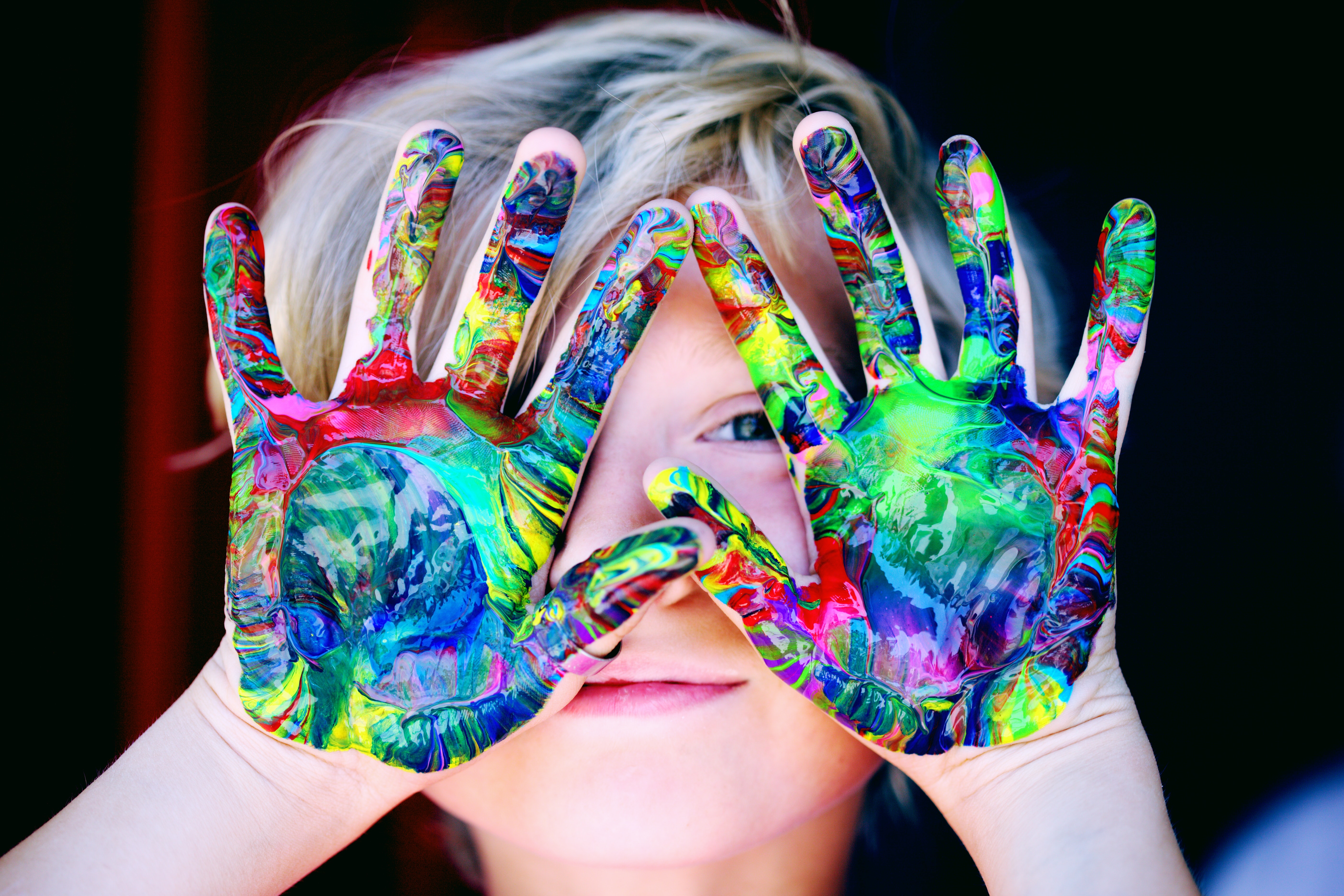Art is the secret language of children to express their views and concepts for which they have no words to describe. The importance of art in child development is lauded by parents, counsellors, educators as it gives deep insights into the child’s creativity and emotions. Also, art techniques are the favourite tools of counsellors to help the children to communicate their feelings and emotions.
Read on about the importance of art in child development-
Fine motor skills-
Fine motor skills include holding pencils, paintbrushes, crayons and chalk and the hand-eye coordination. These skills form the base for writing skills and artistic skills and other school activities as well as general activities like eating holding objects etc. Art helps to develop a child’s small muscles in the fingers, hands, and wrists as they are exercised and strengthened in the process of the artwork.
Cognitive development-
Art helps children to understand the cause and effect relationship, colour coordination and patterns. They develop the skills of planning and organising as they visualise the artwork (for eg. landscape, an event or simply drawing an apple and colouring it red). Mixing colours to make a new colour also contribute to critical thinking and helps them understand the cause and effect relationship involved.
Freedom of expression-
A blank canvas has unlimited possibilities. As far as children are concerned, their imagination can run miles and gather the most insightful, raw and truthful impressions of life. Let them unleash their imagination and be ready for the surprise. Whether the art is abstract or just a colourful scribble, your child has a lot to tell you.
Math skills-
Art also helps in child development by helping the children to understand concepts like counting, size, shape, making comparisons and promoting spatial reasoning. A study published by the National Art Education Association brought into light the educational implications of visual-spatial ability of children derived from art.
Language skills-
Children love to describe their artwork and if not, they should be encouraged to do so. Talking about artwork and forming short stories based on them can introduce children to sentence formation, sequencing and new vocabulary. If the child is too small to describe the artwork, parents can build their own stories around the artwork of children. Just look into their eyes when you do so and you will see them sparkle with joy and pride.
Stress buster-
Children suffer from stress too. They have unique ways of expressing their feelings, especially the feeling of distress. Younger ones may throw tantrums or fuss, while the older kids may prefer being assertive or stay withdrawn. Art becomes the secret language of children to express the feelings which they generally find hard to talk about.Dr. Lawence Shapiro, in his book ‘The Secret Language of Children’, says that children use art as a bandage for psychological hurts and bruises. He mentions his counselling session with a parent whose child drew teardrops in one picture, a cat that had died a week before and a gravestone with his name in the next picture. Fortunately, the child was able to communicate his feelings via art and timely help was possible. Do you think children are not vulnerable to depression? Read here about Childhood Depression.
So let your child embark on a colourful journey today. And yes, don’t forget to enjoy the journey together. Watch out for my next post at https://mommysmagazine.com.
Follow Mommy’s Magazine on Facebook, Instagram, Twitter, YouTube and Pinterest.
Happy Parenting!


